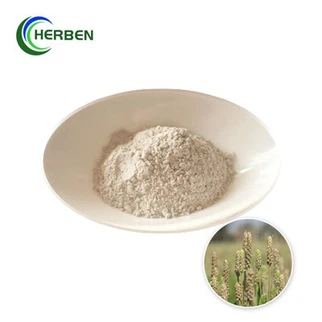Ivermectin and fenbendazole are two common anthelmintics.
They differ significantly in terms of source, mechanism of action, anthelmintic spectrum, clinical application, dosage form and usage, withdrawal period, adverse reactions, and precautions.
The following are their main differences:
Source and classification
Ivermectin: A macrolide antibiotic, a semi-synthetic derivative produced by fermentation of Streptomyces avermitilis.
Fenbendazole: A benzimidazole anthelmintic, a derivative of thiabendazole.
Mechanism of action
Ivermectin: By enhancing the action of the neurotransmitter γ-aminobutyric acid (GABA), it interferes with the nerve signal transmission of the worm, causing paralysis and death of the worm.
Fenbendazole: By binding to the microtubule protein in the worm, it affects the mitosis, protein assembly, and energy metabolism of the worm, thereby inhibiting the growth and reproduction of the worm.
Anthelmintic spectrum
Ivermectin: It has a good anthelmintic effect on internal and external parasites, especially nematodes and arthropods, but is ineffective against tapeworms, flukes, and protozoa.
Fenbendazole: It has a broad-spectrum anthelmintic activity and has a strong anthelmintic effect on nematodes, tapeworms, and flukes.
Clinical application
Ivermectin: It is mainly used to treat onchocerciasis, other filariasis, strongyloidiasis, ascariasis, whipworm disease, enterobiasis, etc.
Fenbendazole: It is used to treat nematodes, tapeworms, and mites in cattle, sheep, and pigs.
Dosage form and usage
Ivermectin: The common dosage form is tablets and capsules, and the administration method is oral, taken 1 hour before meals.
Fenbendazole: The common dosage form is tablets, which are taken orally. For every 1kg of body weight, cattle, sheep, and pigs, 5 to 7.5 mg.
Withdrawal period
Ivermectin: 35 days for cattle and sheep, 28 days for pigs.
Fenbendazole: The specific withdrawal period is not mentioned, and the specific product instructions need to be referred to.
Adverse reactions
Ivermectin: Mild eye irritation, transient nonspecific ECG changes may occur, and transient headache, rash, itching, joint pain, muscle pain, lymphadenopathy, edema, fever, fatigue, nausea, and vomiting may occur occasionally.
Fenbendazole: No adverse reactions have been observed when used according to the prescribed usage and dosage.
Precautions
Ivermectin: Prohibited for pregnant and lactating women; prohibited for Collie dogs; highly toxic to shrimp, fish, and aquatic organisms, and the packaging and containers of residual drugs must not pollute the water source.
Fenbendazole: Prohibited during lactation; use with caution in the first 45 days of pregnancy.

In summary, there are obvious differences between ivermectin and fenbendazole in many aspects. When choosing to use, you should consider the specific needs, animal species, parasite type, and other factors, and follow the advice of veterinarians or professionals.







